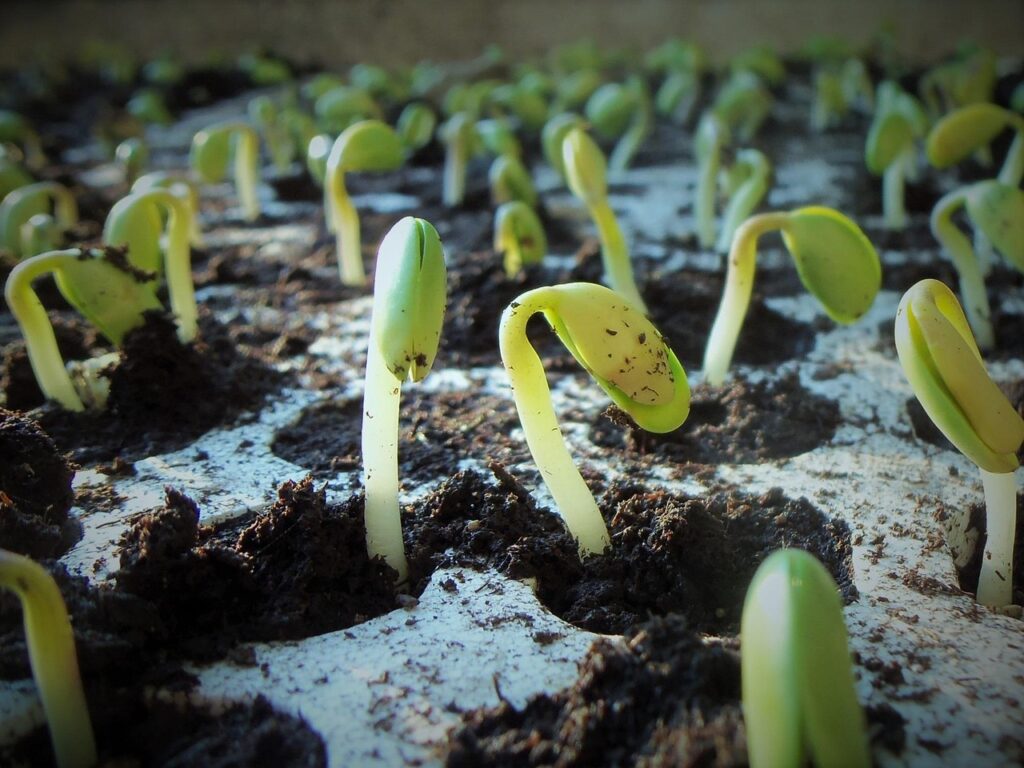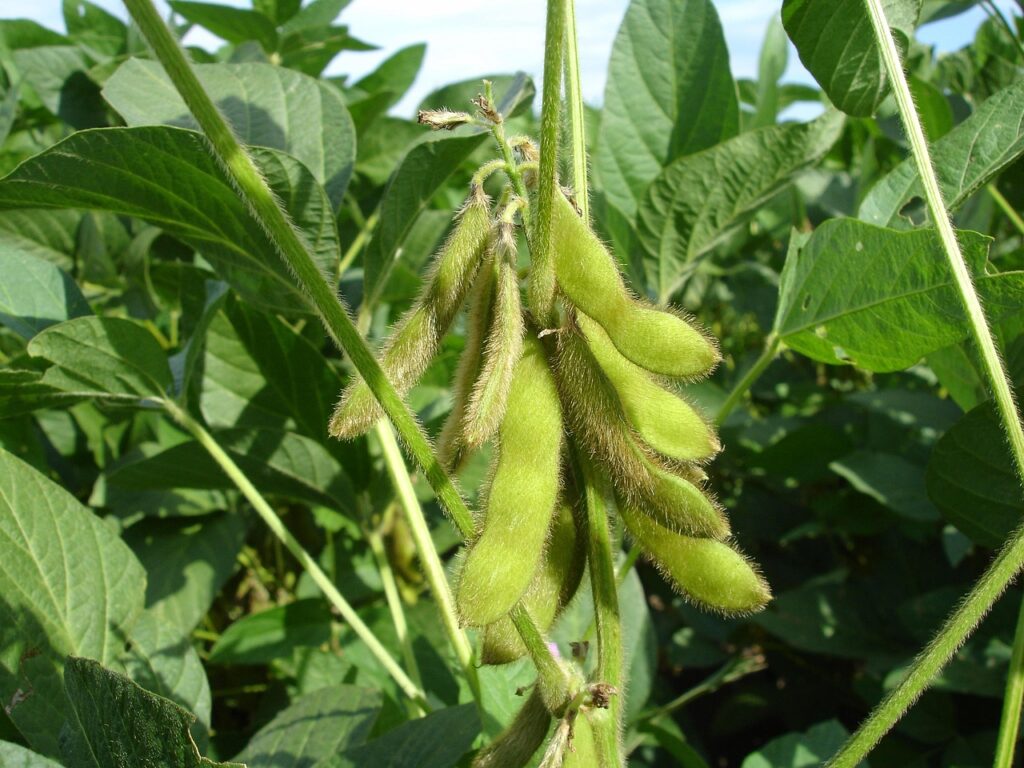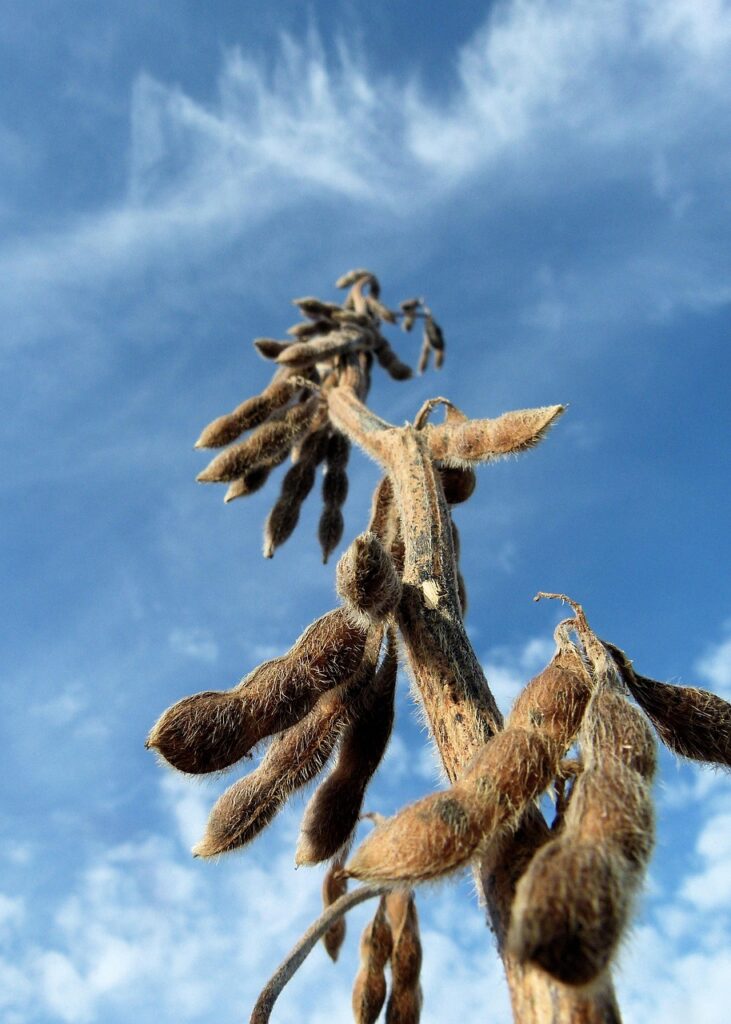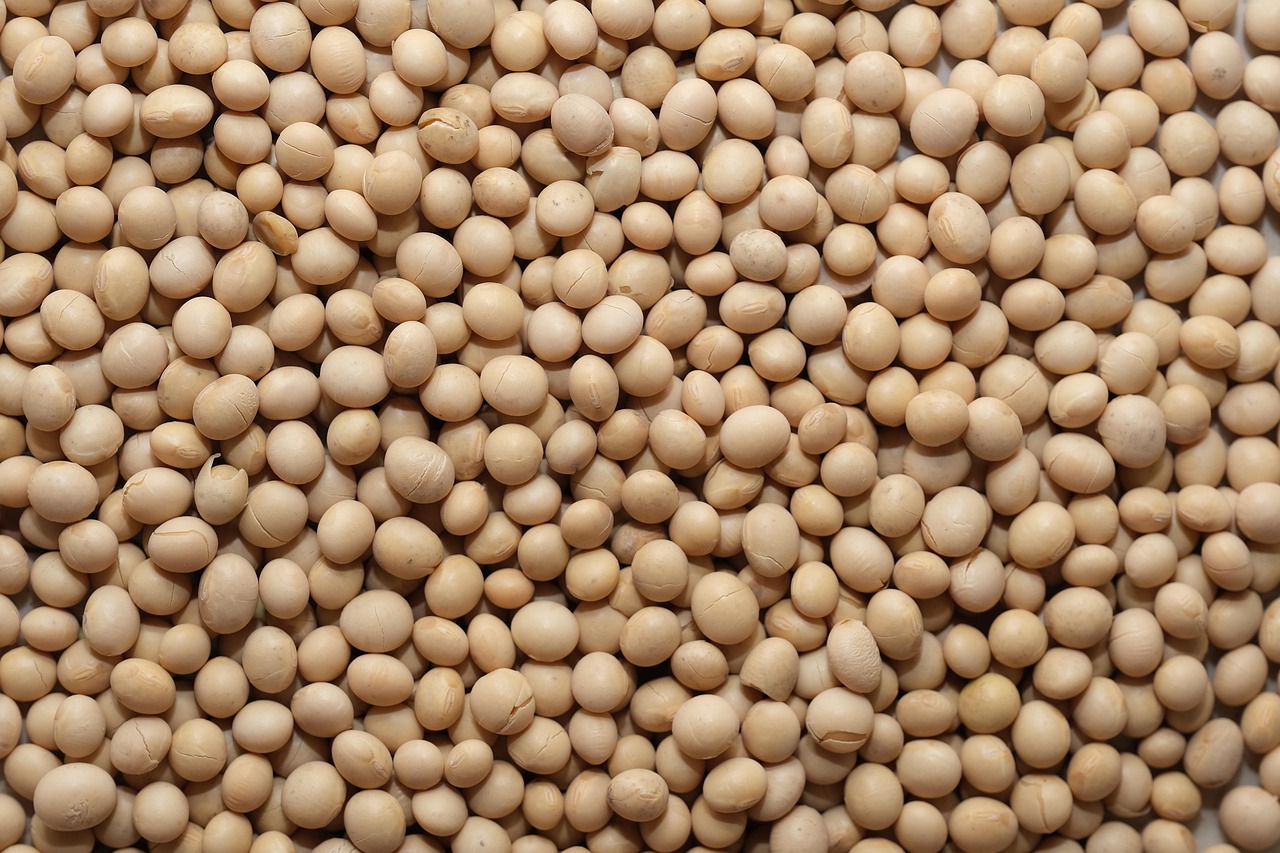Unlocking the Seed Weight–Nutrient Trade-off
Soybean is one of the world’s most important crops, serving as a foundation for food, feed, and industrial applications. Its seeds are rich in oil and protein, making them indispensable in food industries, livestock production, and sustainable bio-based resources.
Yet soybean breeding has long faced a dilemma. Larger seeds often mean higher yields, but the proportion of oil and protein shifts in response—a tug-of-war of nutrients. Farmers and breeders alike have been forced to choose between maximizing yield or preserving quality.
A new study offers fresh answers to this longstanding challenge. Researchers identified a gene called SW14, showing that natural variations in this gene (haplotypes) determine both seed weight and the balance between oil and protein content.
Reference: Natural allelic variation in SW14 determines seed weight and quality in soybean

Research Approach: Searching for the Gene Behind Seed Development
The team began by examining hundreds of soybean varieties to determine which genes most strongly influence seed weight. They applied genome-wide association studies (GWAS)—a statistical approach that compares genetic sequences across a population to identify links between specific variations and observable traits.
This search highlighted a region on chromosome 14. Narrowing it down further, they pinpointed a 383 kb stretch containing candidate genes, ultimately identifying a member of the NF-YA transcription factor family. This gene was newly named SW14.
To confirm its role, the researchers created near-isogenic lines (NILs)—plant lines that are genetically identical except for the gene of interest. This allowed them to isolate the effect of SW14 without interference from other genes.
Molecular analysis revealed that SW14 interacts with the LEC1 complex (LEC1/NF-YC2/bZIP67), a master regulator of seed development. The different haplotypes of SW14 influenced how stable the protein was in cells—whether it persisted or was broken down quickly—thereby altering its impact on seed traits.
Results: Natural Variations and Their Impact
The researchers found at least three haplotypes (genetic versions) of SW14: H1, H2, and H3. A haplotype is a natural variation in the DNA sequence of a gene.
- Plants with the H3 haplotype produced heavier seeds with higher protein content compared to H1 or H2.
- However, oil content was somewhat reduced.
- Other agronomic traits, such as plant height or seed number, were largely unaffected.
When comparing wild, landrace, and cultivated soybeans, the frequency of the H3 haplotype increased during domestication. This indicates that H3 was naturally selected and favored during the history of soybean cultivation.
At the molecular level, the H3 version of the SW14 protein was more resistant to degradation. Its greater stability allowed it to remain active in the cell longer, amplifying its effect on seed weight and nutrient composition.
Discussion: Balancing Yield and Quality
The significance of this discovery lies in showing that yield and quality may not be mutually exclusive.
- Practical implications: Soybeans carrying the H3 haplotype of SW14 combine larger seed size with higher protein, making them promising for food and feed applications.
- Challenges: The trade-off is reduced oil content, which may be less desirable for industrial or oil-processing markets.
- Scientific significance: This work demonstrates how tiny natural genetic changes (single nucleotide polymorphisms, or SNPs) can affect protein stability and, in turn, alter key crop traits.
Importantly, SW14 sheds light on a novel mechanism of regulation: a transcription factor that tempers the activity of a seed development complex. This provides a fresh angle on how seeds develop and how their composition is fine-tuned.

Conclusion: Reading Natural Variation to Shape the Future
This study underscores the value of carefully examining natural genetic variation. Variants like the H3 haplotype are not random accidents but traits that have been selected and preserved over generations of cultivation.
By understanding them, breeders can make use of diversity already present in nature to achieve sustainable crop improvement without necessarily relying on artificial modifications.
The discovery of SW14 extends beyond soybeans. Similar small-scale variations may influence yield and quality in other staple crops such as rice and wheat. Uncovering these could open up new avenues in plant breeding worldwide.




コメント